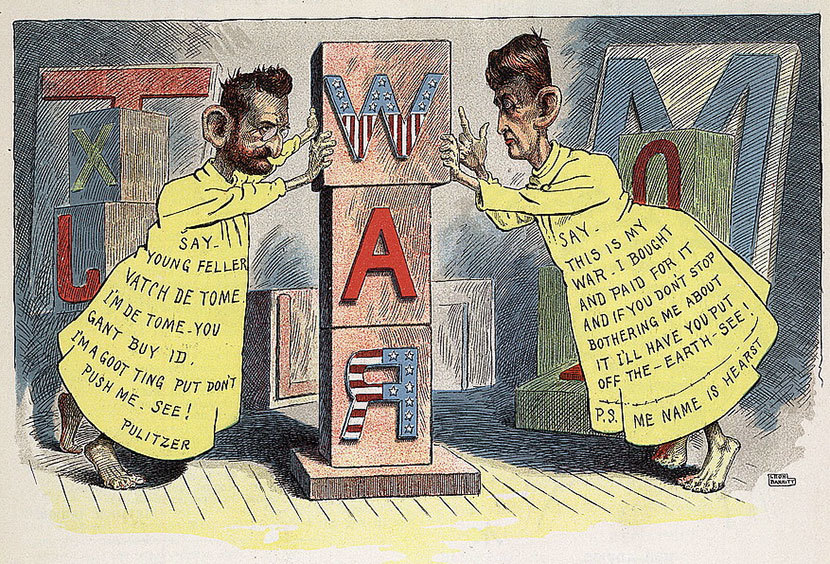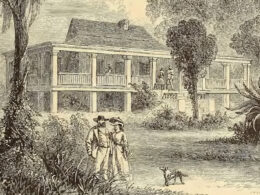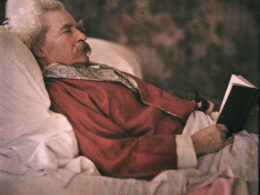Mark Twain (1835–1910)
From Mark Twain: Collected Tales, Sketches, Speeches, & Essays 1891–1910

Above: Editorial cartoon by American illustrator Leon Barritt (1852–1938), published in Vim Magazine, June 1898, mocking the role of the Pulitzer and Hearst newspapers in drumming up public support to go to war with Spain. Newspaper publishers Joseph Pulitzer and William Randolph Hearst are each dressed as the Yellow Kid. Pulitzer’s caption mocks both his Hungarian accent and the location of his office in the dome (“tome”) at the top of the recently built New York World Building. (Wikimedia Commons)
“When whole races and peoples conspire to propagate gigantic mute lies in the interest of tyrannies and shams, why should we care anything about the trifling lies told by individuals?”—Mark Twain
When we find politics (and the media coverage of it) too stressful, we often turn to Twain to remind us that American history has seen it all—and worse—before. At the very end of the nineteenth century, he was asked by the editors of the New York World to contribute a humorous essay describing his first lie. With typical panache he noted that his first lie occurred when he was too young to remember it later, and so he instead recalled the next one—when he was nine days old. He used this “incident” to launch an amusing discussion of the nature of lying itself and to question why we so readily condemn a lie spoken by an individual yet overlook the equally false assumptions on which entire nations, societies, and institutions base their existence.
Twain’s essay on lying appeared on the cover of a special full-color supplement of the New York World, one of two papers engaged in a sensationalistic, truth-bending media war known today by the term “yellow journalism.” It’s an irony that was probably lost on the newspaper’s editors.



